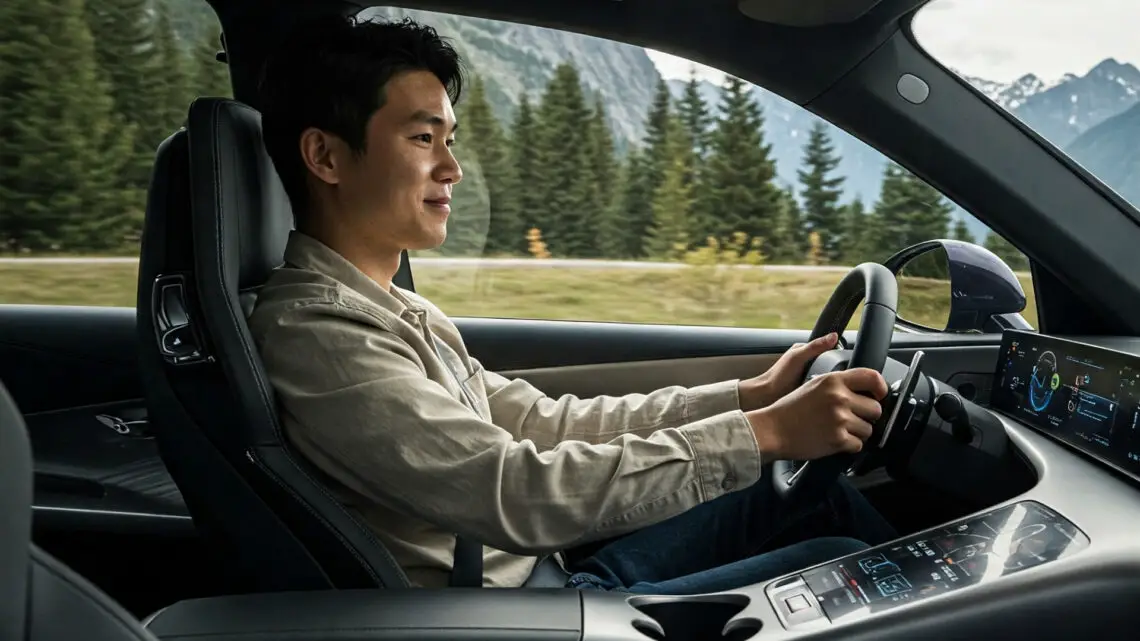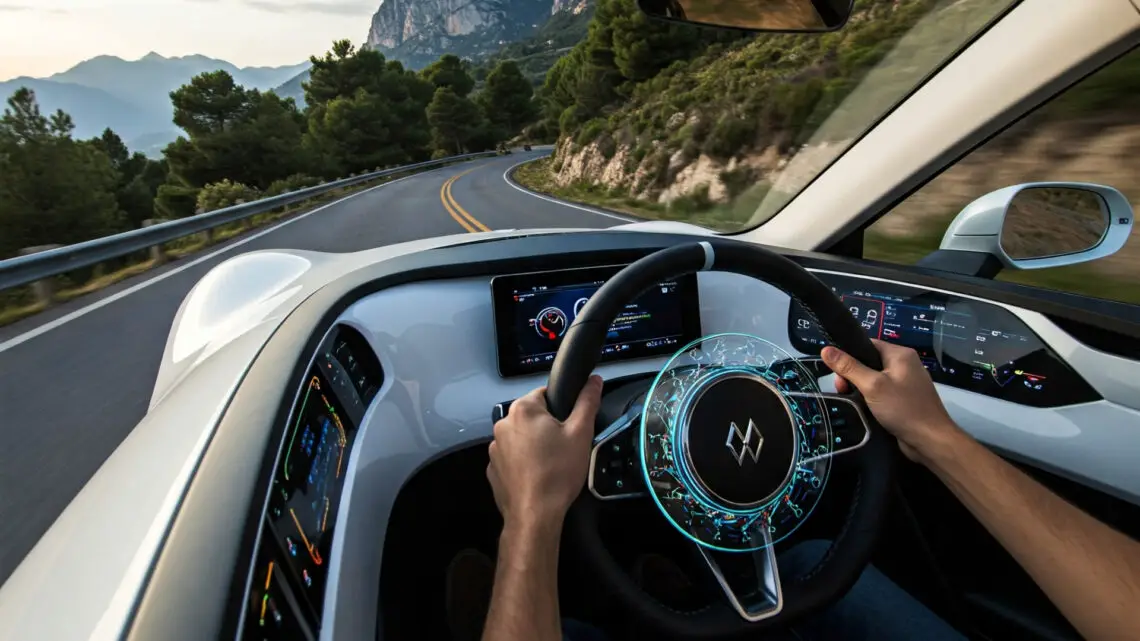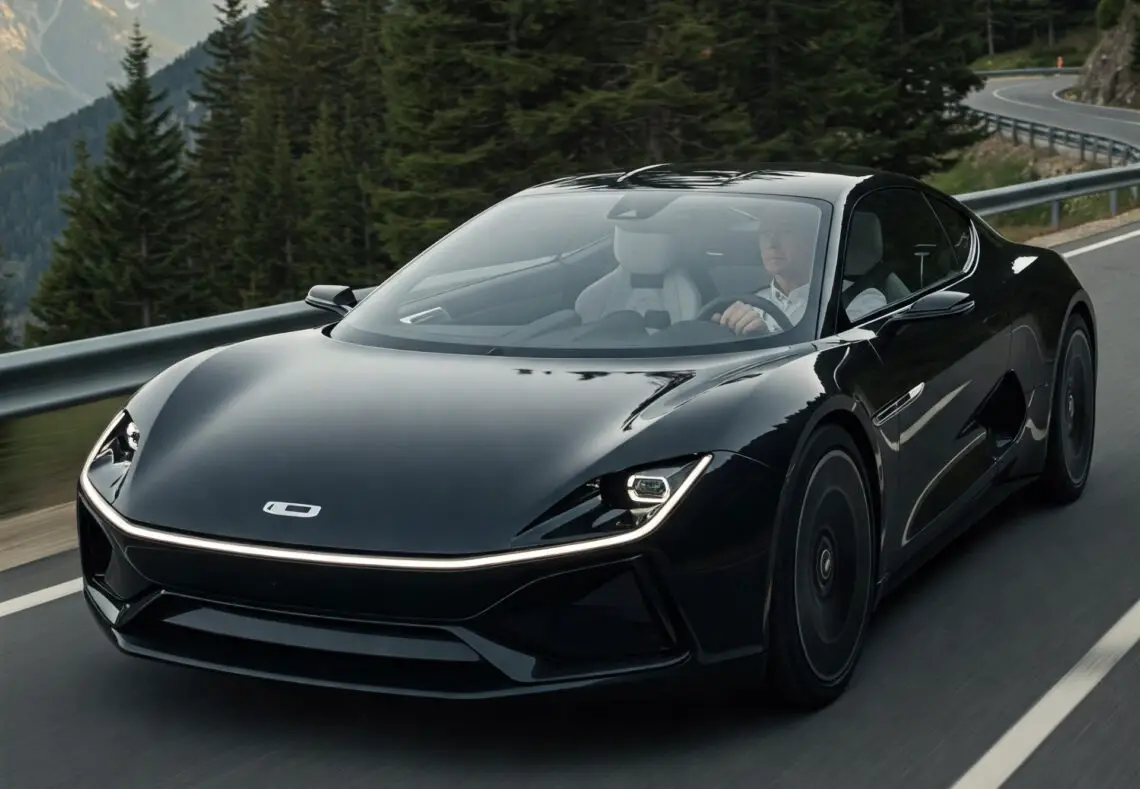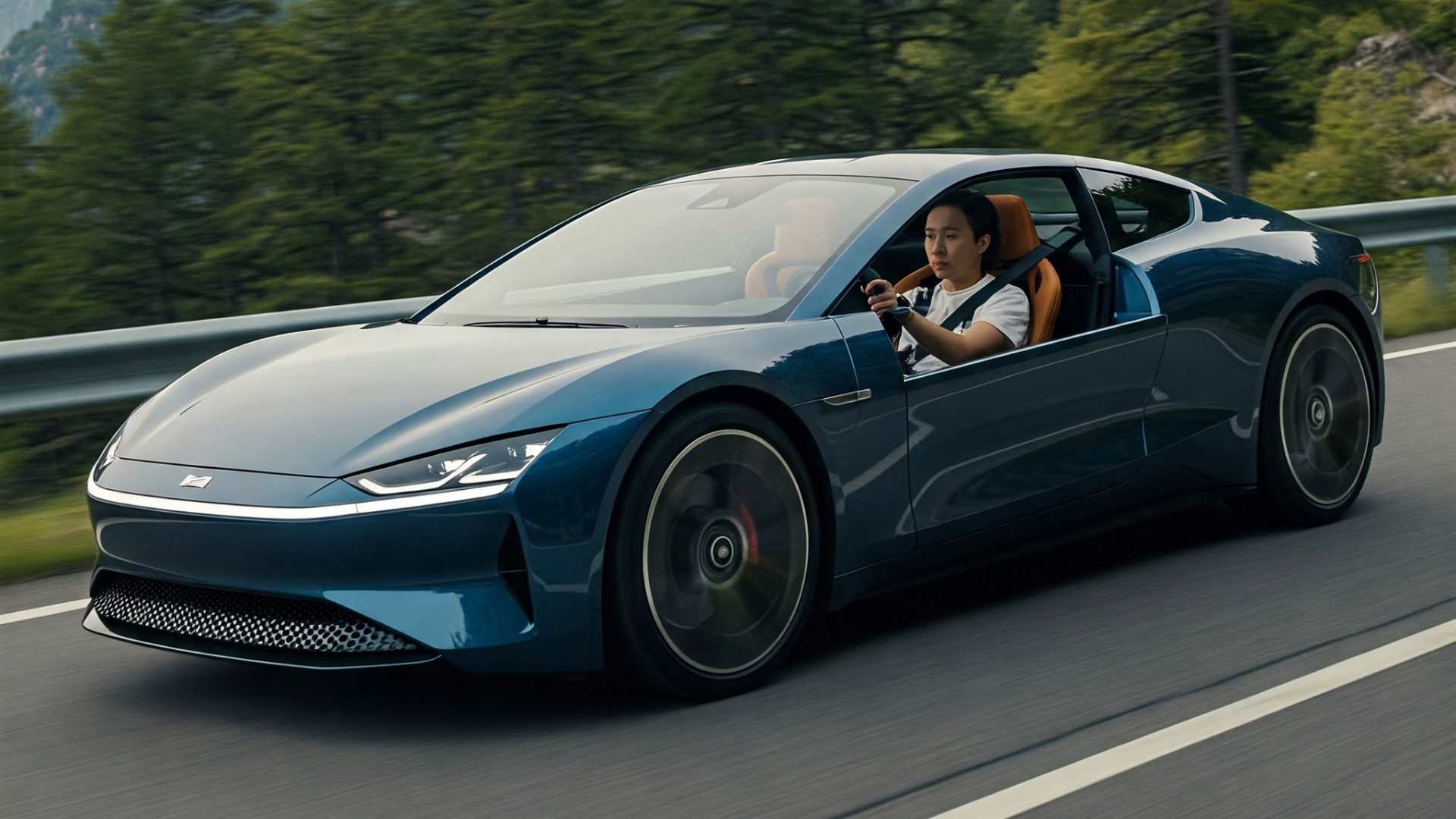Steer-by-wire: steering without direct connection!?
What is steer-by-wire?
In traditional steering systems, the steering wheel and front wheels are mechanically linked via a steering column. With steer-by-wire, this physical link is missing and the steering is completely electronic. When the driver moves the steering wheel, sensors register this and send signals to an electronic control unit. This then calculates how far the wheels should turn and controls actuators to perform this. This system is similar to “fly-by-wire” technology in aviation, where the pilot’s steering inputs are also transmitted electronically.
How exactly does steer-by-wire work?
Instead of a fixed mechanical transmission, software determines how directly the steering responds. The central computer not only analyzes the steering motion, but also takes into account factors such as speed and driving conditions. At low speeds, such as while parking or cornering, the wheels turn more strongly with a small steering movement, so less steering input is required. On the highway, just the opposite happens: the steering becomes less direct, providing greater stability and directional stability.
Because with steer-by-wire there is no physical connection between the steering wheel and the wheels, the natural feedback from the road surface is missing. To compensate for this, the system can provide haptic feedback through the steering wheel. This means that vibration and back pressure are simulated, so the driver still has the feeling of grip and resistance, similar to a traditional steering system.

What happens in the event of an outage?
An important question is what happens when the steer-by-wire system malfunctions. Will you still have control of the car then, if there is no direct connection between steering wheel and wheels? Modern steer-by-wire systems are fortunately designed with several so-called redundant layers. These are additional systems that stand ready as backups if something goes wrong. If a component fails, a backup component automatically takes over its function. In some cars with steer-by-wire, there is even another mechanical (emergency) connection that is activated in the event of a failure. Other models rely entirely on electronic alternatives. Such safety systems are mandatory to comply with strict vehicle control regulations.
Advantages and disadvantages of steer-by-wire
A steer-by-wire system offers more design freedom. Without a fixed steering bar, designers can arrange the interior differently and optimize the seating position or dashboard shape, for example. The driving experience also benefits: the steering response can be adjusted digitally according to conditions or driver preference. Think more direct steering in corners or, on the contrary, calmer behavior on the highway. A possible additional benefit of steer-by-wire is weight savings. By eliminating the traditional steering column, the vehicle can become lighter. In practice, though, this advantage is partly offset by the additional components needed for safety and backup systems. Nevertheless, it can still save money down the line, especially when combined with space savings in the interior.
The advantages are also offset by obvious disadvantages. Steer-by-wire makes the car more technically complex because the steering is completely dependent on sensors, software and actuators. Because of safety backup systems, the car is provided with two steering systems, so to speak, instead of one. This complexity can cause higher development and maintenance costs. In addition, the system is more prone to failure than a traditional mechanical steering system. After all, electronic components can also fail, for example due to moisture or a faulty sensor. Finally, the technology involves additional costs. Developing and integrating a reliable steer-by-wire system is more expensive than a conventional solution, which may ultimately lead to a higher selling price.

Which cars already have steer-by-wire?
Steer-by-wire is still a relatively new technology, but now there are already some production models on the market equipped with it. Back in 2013, the Infiniti Q50 was one of the first cars with a steer-by-wire system, combined with a mechanical emergency connection in case the system failed. The next “car” with steer-by-wire did not appear until 2024, in the form of the futuristic Tesla Cybertruck. The Cybertruck uses fully electronic steering, without any mechanical clutch. Since model year 2025, the Lexus RZ 450e has also been available with steer-by-wire. The same applies to the technically closely related Toyota bZ4X. In both cars, the system is available as an option.
Conclusion
Steer-by-wire is fundamentally changing how cars are driven. The technology is still at the beginning of its development, but the first cars with this system are already showing what is possible. More design freedom, more adaptable steering and possibly less weight are obvious pluses. At the same time, the system also brings challenges. It is complex, more expensive to develop and more prone to failure than a traditional steering system. In addition, some drivers find it an unpleasant idea that the steering wheel is no longer (always) physically connected to the wheels – a psychological barrier that manufacturers must also overcome.


